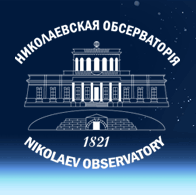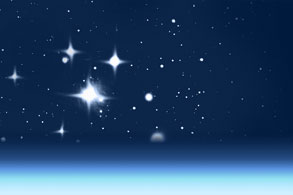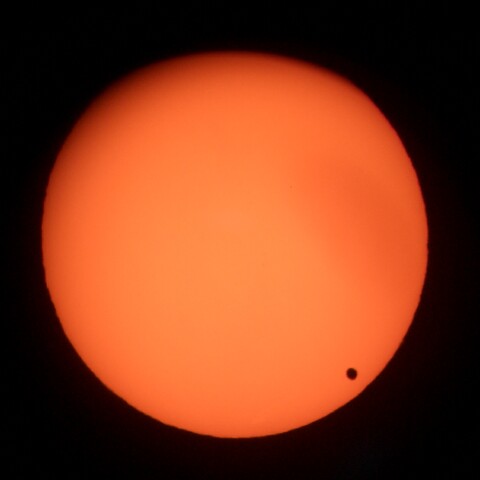|
2012-05-31 12:01:28
On the 6th of June, we will see the last in 21st century transit of Venus across the face of the early morning sun, the next transit will be in December, 2117. The begining of Venus entrence to the disk of the Sun will be at 01: 09: 38, East - at 07: 49: 35 by Kiev time. This event is interesting because we can try to see the " Lomonosov phenomenon" when the disk of Venus actually grew a brief, beautiful halo of light all around its dark edge. This is exactly what you would expect to see if Venus had an atmosphere. The middle of phenomena will be at 04: 29: 36, till the sunrise, so people of Ukraine will see only the final part of the whole phenomenon. It will be difficult to observe disc of Venus, which is projected on the disk of the Sun, with eyes because the apparent angular size of the Venus disc will be one angular minute. Venus will be visible as small black fleck on the solar disk. So the transit of Venus will begin at 07: 31: 39, and it will over at 07: 49: 35 by Kiev time. To observe this phenomenon in Nikolaev it is recommended to choose an open platform, from where you will have an oportunity to see the area of the sky at the altitude of 23 °-26 °, limited by azimuths 81 °-84 ° (here is a geographic azimuth, measured from the direction of north to east). It is easy to make using compass and any angular instrument (eg, protractor in combination with a plumb line). Warning: the Sun is very bright source of light. Do not be lulled into thinking that you can look safely at the sun while wearing sunglasses, for sunglasses do not protect your eyes sufficiently. Do not look at the Sun through the any optical instrument without special filters. Suitable filter can be checked simply, you should look to the solar disk. If you are able to look at Sun without eyes irritation, the filter can be used in the optical tube. Note that the filter in the optical tube is very hot and may crack directly during observation, and you can lose a sight. It is better to direct the image of the solar disk to a sheet of paper or other flat surface, in this case there is no need for a dark filter. You can adjust the distance between the eyepiece optical tube and screen for optimal magnification and image contrast. |

Íàóêîâî-äîñë³äíèé ³íñòèòóò
Ìèêîëà¿âñüêà àñòðîíîì³÷íà îáñåðâàòîð³ÿ
̳í³ñòåðñòâî îñâ³òè ³ íàóêè
Ìèêîëà¿âñüêà àñòðîíîì³÷íà îáñåðâàòîð³ÿ
̳í³ñòåðñòâî îñâ³òè ³ íàóêè

 |
 |
 |
